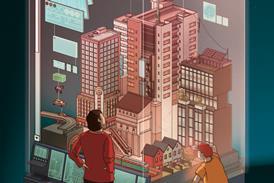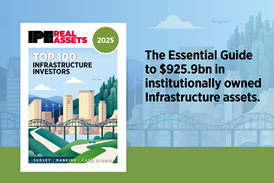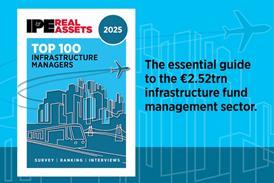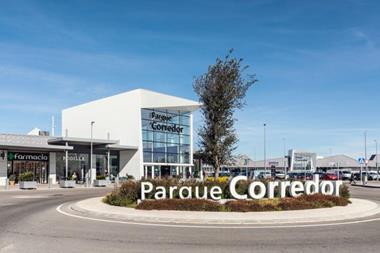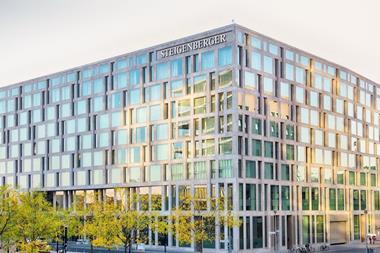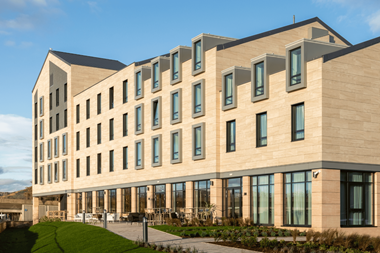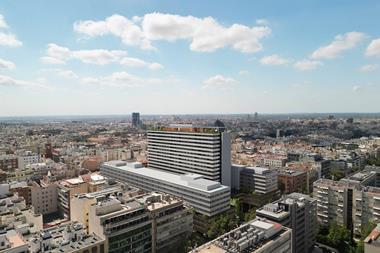Central London faces a surge in new prime residential development activity valued at £21 bn (EUR 24 bn) over the next nine years, according to research carried out by UK built asset consultancy EC Harris.
Central London faces a surge in new prime residential development activity valued at £21 bn (EUR 24 bn) over the next nine years, according to research carried out by UK built asset consultancy EC Harris.
The research shows that although current demand for London prime product is significant and foreign buyers prevail, a potential 9,000 prime residential units are due to be delivered over the next nine years with a value of £21 bn (EUR 24 bn). Of this total, 4,000 units worth £8 bn are likely to come to market in 2014-2015 alone. This excludes the value of transactions in the existing properties market and only counts the top slice by value of development in prime central London locations.
Whilst the current international market for London prime residential product has benefitted from sterling depreciation against key overseas currencies and geopolitical unrest in the MENA region creating increased demand for safe haven investments, these conditions are volatile and susceptible to rapid change, EC Harris said. Risk factors that could impact this demand before the planned pipeline of new prime residential property is available include international monetary policy changes and continued global economic uncertainty.
Mark Farmer, Head of Private Residential at EC Harris, said that residential developers need to have a robust and realistic business plan in order to address the marked increase in supply and the general uncertainty over continuing levels of demand and sales price growth. 'They should consider very carefully whether the properties being developed are differentiated and have real attraction that will suit the unique requirements of an increasingly discerning future market faced with more and more new development choices,' he said.
EC Harris also warns against a number of factors that could pose a threat to the anticipated surge in new development. 'There is clear evidence of a "feeding frenzy" for prime London residential sites which has led to a spate of land deals failing to complete or coming back to market, due to a fundamental misalignment of land prices relative to achievable sales value and cost to deliver.' High profile examples include the In & Out Club in Piccadilly, 10 Trinity Square, Alpha Place, The Glebe School and 20 Grosvenor Square.
